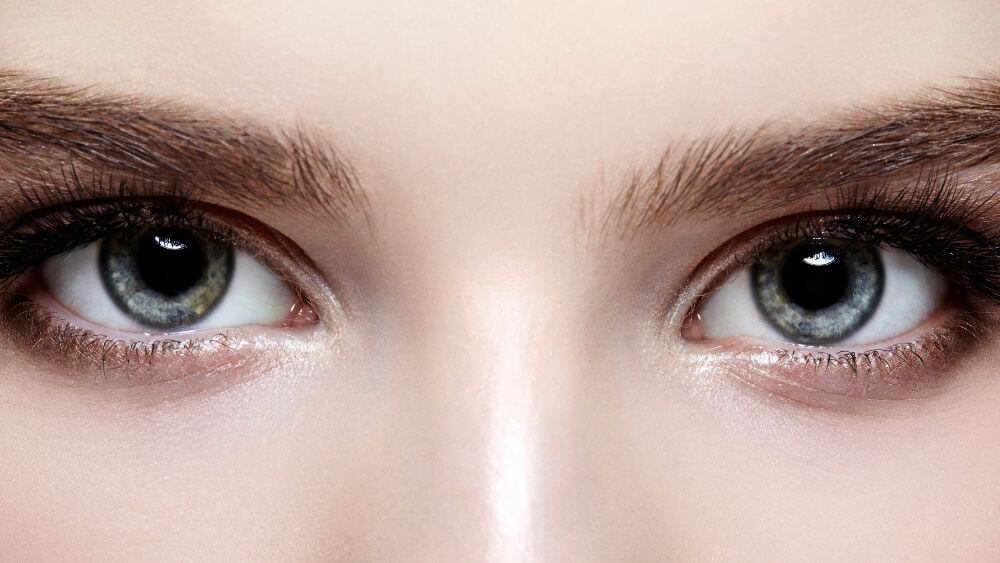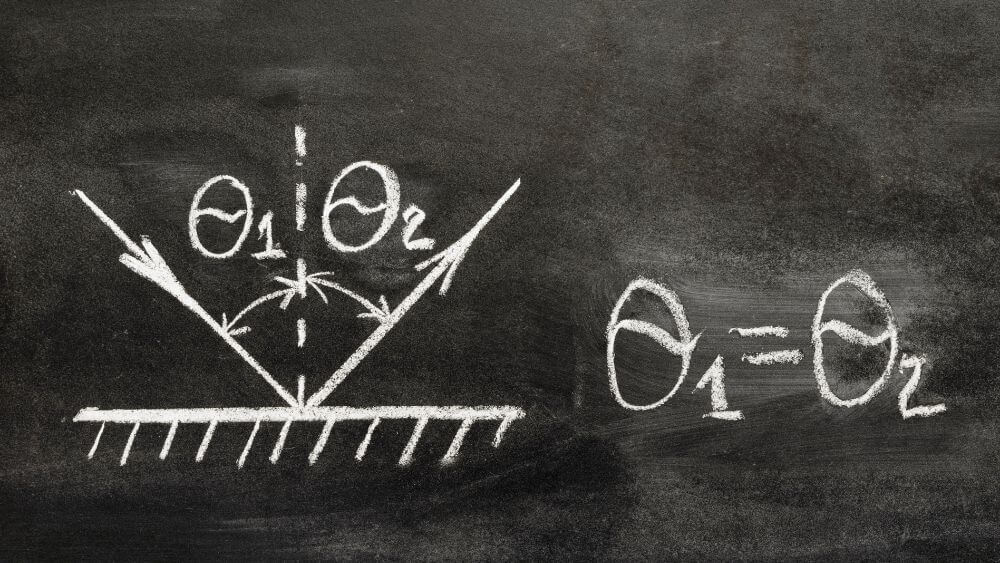Why do my pupils change size?

Contents
How powerful is the human eye?
The eyes are one of the most fascinating as well as the most complex parts of our body. Our eyes have the ability to focus on 50 different objects in a second. The only organ that is more complex than our eyes is the brain. The eyes work like a camera that captures images and sends an electrical signal to the brain. The brain then processes and extracts information from the image and acts accordingly. Eyes can generate about 36,000 bits of information in an hour. Incredible, right? That’s how powerful our eyes are!
How do our eyes function?
Light enters our eyes through an opening called the pupil. Iris, the coloured part of our eye, contracts and dilates accordingly to regulate the amount of light entering through the pupil. Iris has two types of muscles in it that are responsible for contraction and dilation – the inner circular muscles and the outer radial muscle. The light then passes through a lens that helps us to focus on objects. Finally, it hits the retina, a light-sensitive layer at the back of the eye, that sends an electrical impulse to the brain. The brain then turns these signals into images for us to see.
Why do pupils change size?
Pupils change their size to regulate the amount of light entering our eyes. Just as the camera needs the correct amount of light to capture images, our eyes also need the appropriate amount of light. Size of the pupil’s changes in light and dark. Let’s try to understand this phenomenon.
1. Small pupil
During the daytime, less light is needed to observe things around us. The inner circle of muscles in the iris contracts and pulls the iris inwards. As a result of which the size of the pupil shrinks. This is the reason why the iris gets narrower and restricts the excess entry of light.
2. Large Pupil
Contrary to this, the size of the pupil enlarges in the dark allowing maximum light to pass through the pupil. The outer muscles of the iris contract which pulls the iris outward, thus allowing the size of the pupil to increase so that we can see better.
3. Normal pupil
In a fair amount of light, the size of the pupil remains intact and no shrinkage or enlargement of the pupil occurs. Both the inner muscles as well as the outer muscles contracts a bit at the same time. This keeps the pupil in normal shape.
How do I see 3D images?
We are able to see objects by the concept of reflections. Light from an object gets reflected into our eyes. The light then passes through the pupil all the way to the back of the eye i.e., to the retina and an electrical signal is generated which is then transmitted to the brain. Each eye sends slightly different images of the same object. The brain receives both the signals and processes them to create a single 3-D image. This is how we are able to visualize objects clearly.
Fun-Facts:
- The near point of the eye is the minimum distance at which the object can be placed from the eye so that it can be seen distinctly without strain. For a normal human eye, this distance is 25 cm.
- The human eye can differentiate approximately 10 million different colours.
- Our eyes remain the same size throughout life, whereas our nose and ears never stop growing.
Objective Questions:
- What is the near point of the human eye?
(a) 10 cm
(b) 75 cm
(c) 100 cm
(d) 25 cm - From which part of the eye does light enter?
(a) Pupil
(b) Retina
(c) Optic nerve
(d) none of these - Which part of the eye is responsible for sending an electrical signal to the brain?
(a) Pupil
(b) Iris
(c) Retina
(d) Optic Nerve - How many bits of information can the human eye generate in an hour?
(a) 36,000 bits
(b) 10,00 bits
(c) 100 bits
(d) 1,ooo bits - Which part is responsible for regulating the amount of light entering the eye?
(a) Iris
(b) Pupil
(c) Cornea
(d) Retina
Quiz:
- The size of the pupil enlarges in the dark allowing maximum light to pass through the pupil. (T/F)
- Eyes change size throughout life. (T/F)
- Iris has two types of muscles-inner circular muscles and the outer radial muscle. (T/F)
- Iris is the light-sensitive layer at the back of the eye. (T/F)






Responses